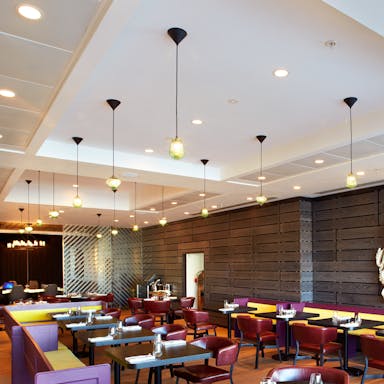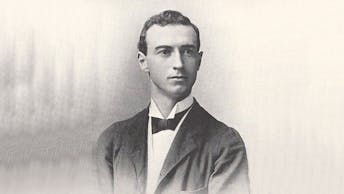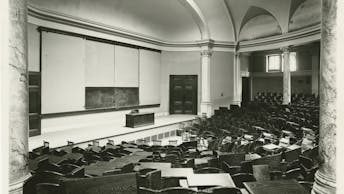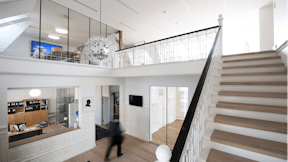Epidaurus
For millennia, scientists were trying to figure out how building acoustics behave. Around 350 BC, there was a Greek sculptor and architect, Polykleitos the Younger, who had the assignment of designing a 6.000 seat amphitheatre in Epidaurus, Greece, which was built in two phases, one during the 4th century BC, and the second in the mid-2nd century.
This was a massive project with 14.000 seats that was divided into two sections: the lower rows were for high ranking members of society and the furthest rows were for everyone else. But how could the spectators in the furthest rows hear the lecture from the stage, which was 60 meters below?
Back in 2007, two Belgian researchers from the Georgia Institute of Technology were able to reveal a part of its acoustic mystery. It was shown that there is a link to the corrugated shape and rocky material of the seats that serve as a filter for the sound coming from the orchestra[1]. The theatre was built with specific shapes and dimensions that are governed by the mathematical principles influenced by Pythagorean philosophy.
Today it is one of the best-conserved theatres of its kind in the world.
An interesting question I've always ask myself is, “Did the architect Polykleitos the Younger know about the theatre’s acoustic capabilities or was it just a coincidence?” Well, the word "acoustics" originates from the Greek word ἀκουστικός (akoustikos), meaning "of or for hearing, ready to hear"[2]. So, is Polykleitus the Younger the founder of the science of acoustics? Believe it or not, for that we had to wait another 2.300 years.











